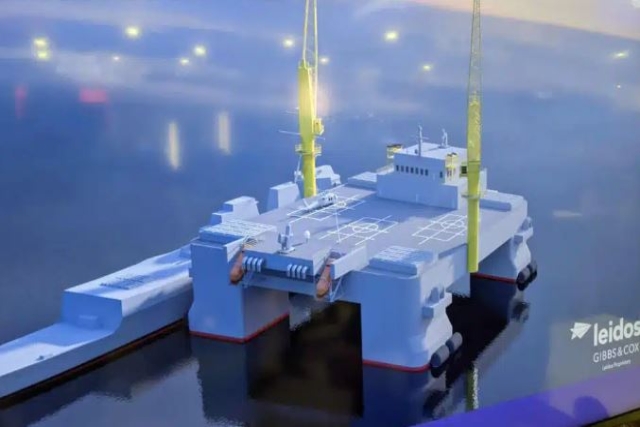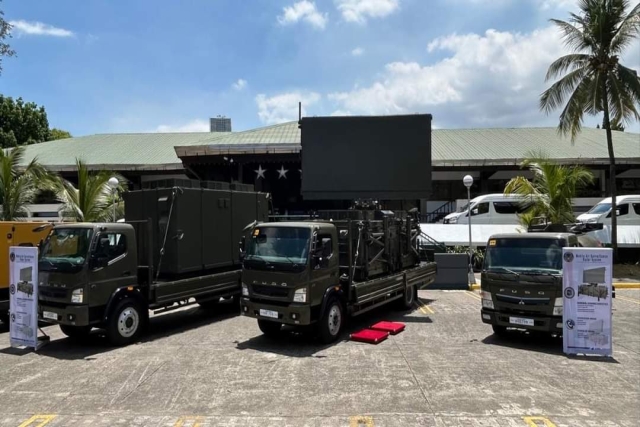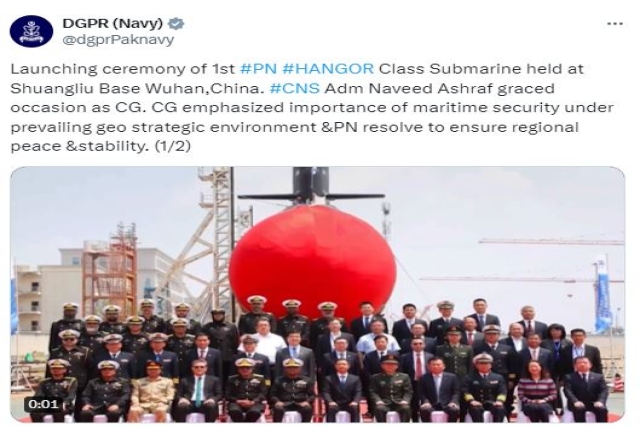Leidos' Gibbs & Cox Unveils MODEP Concept to Convert Oil Rigs into Mobile Missile Defense Bases
Proposed modifications transform oil rigs into military platforms for air defense, missile launching, sea sustainment, and depot repair.

Gibbs & Cox, a division of Leidos, announced plans to repurpose surplus oil rigs into mobile missile defense and resupply bases at the Sea Air Space 2024 exposition.
This initiative, known as the Mobile Defense/Depot Platform (MODEP) Concept, aims to address armament and resupply challenges faced by the U.S. Navy in the Western Pacific.
Dave Zook, Solutions Architect & Combat Systems Department Manager at Gibbs & Cox, explained to Naval News that the goal is to alleviate capacity issues in the region, particularly regarding missile storage and forward station sustainment.
Gibbs & Cox showcased two concepts: a ballistic missile defense variant (MODEP) and a depot variant. The company claimed these platforms could travel at 5-8 knots, covering approximately 200 nautical miles per day, with stability in sea states up to 60-foot waves. MODEP's endurance is projected at 150 days with a range of 4000 nautical miles, alongside offering 6-20 MW of extra mission power, a maintenance facility, 2.3 million gallons of fuel capacity, and an initial payload of 8000 metric tons.
According to Gibbs & Cox, a converted platform could support air defense or strike missions at five times the capacity of a U.S. Navy Arleigh Burke-class destroyer. It could accommodate 512 vertical launch system cells or 100 large missile launchers, fulfilling requirements like the Navy's DDG(X) program for larger missile launching, including hypersonics. The company emphasized the platform's height of 45-90 meters for optimal sensor visibility in air and ballistic missile defense configurations.
Gibbs & Cox highlighted that their concepts for sea-based ballistic missile defense reduce risks and costs compared to land-based systems, noting Japan's consideration of a similar oil rig conversion. Their Afloat Forward Staging Base concept aims to sustain surface combatants and nuclear submarines, providing VLS reloading, depot repair, and expanded mission capabilities. The configuration features two cranes capable of reloading VLS cells and supporting other ships and submarines.
The company emphasized the speed of implementing these concepts, noting the availability of 4-6 convertible commercial platforms in the U.S. at low cost. They estimated that acquiring surplus rigs would constitute 10% of the total ballistic missile defense version cost, with conversion from civilian to military use expected within approximately 24 months due to oil market oversupply.









